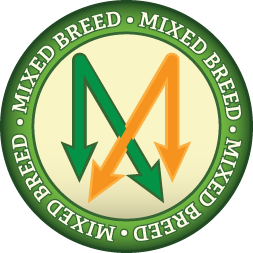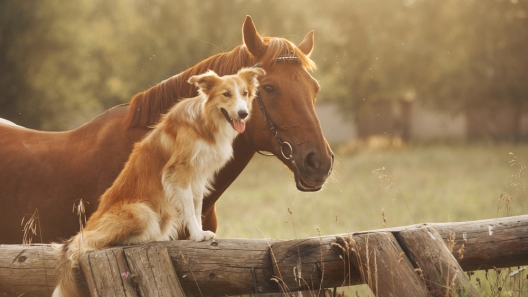
-
Activity Level:
high
-
Shedding Level:
high
-
Grooming Level:
low
-
Trainability:
high
-
Good for Novice Owners:
high
-
Adaptability:
high
-
Kid/Pet Friendly:
often
-
Prey Drive:
low
-
Watchdog:
aware
- Average Size: Medium
- Average Lifespan: 11-13 years
Labrador Mix Dog Breed Information
Overview
Temperament
Adaptability
Health
Owner Experience
Grooming
Activity Level
Size
Life Span
A Labrador Mix is a mixed dog breed that is a cross between a Labrador Retriever and another dog breed. Because a mix can inherit any combination of characteristics from their parents, it’s important that you ask the breeder about the other parent breed in the mix. Should a Lab Mix take after their Labrador Retriever parent, they will be a playful, energetic, and affectionate dog that loves their families.
Labrador Retrievers are energetic dogs that tend to have an extended puppyhood. They are also social, friendly, and tend to be patient and gentle with children. This makes them fantastic pets as they also tend to get along well with other dogs and even other pets, despite their retriever tendencies.
If the other parent breed has a similar temperament, then you can expect the same from a Labrador Retriever Mix. You still want to ask questions about the other parent breed as they are bound to introduce some potential quirks of their own.
Although Labs are happiest with room to run, they adapt well to apartments as long as they get enough exercise, mental stimulation, and affection. They also do well in most climates, but do not like to spend long stretches of time alone.
If the other parent breed is also highly adaptable, then you can expect the same from a Labrador Retriever Mix. Still, it’s important to ask questions and research the other parent breed as they could introduce traits that can affect adaptability.
Are mixed-breed dogs healthier than purebred dogs? They can be sometimes, but it’s not a guarantee. As with purebred dogs, health often depends on reputable breeding practices. Just as a mix can inherit none of the conditions common to their parent breeds, they could also inherit all of them or some combination of them.
From the Labrador side, potential health concerns to be aware of in a Labrador Mix include patellar luxation, hip dysplasia, elbow dysplasia, and cataracts. The other parent breed will likely introduce some other potential conditions to this list.
Reputable breeders screen their dogs to avoid passing preventable issues to puppies. So, don’t be afraid to ask about the health and genetic history of both of the parents. You can also ask about any health tests or clearances that have been done.
Labrador Retrievers are highly trainable dogs that can be a good fit for owners of any experience level. First-time owners may have a challenge at first with their high energy and exuberance, but tend to be successful.
If the other parent breed is also highly trainable, then you can expect the same from a Labrador Retriever Mix. If the other parent breed tends to be more challenging to train, then you will want to be prepared for that potential and be ready to enroll in puppy training classes if you need them. Even if you don’t need them, puppy training classes are a great resource for training and for socialization.
A Lab Mix can end up with a coat similar to one of their parents or a coat that is truly a mix of both. Should they inherit the Labrador Retriever coat, it will be short and will shed throughout the year with heavier shedding as the seasons change. Weekly brushing and the occasional bath keep a Lab coat healthy.
Regardless of coat type and in addition to coat care, you will also need to take care of your Labrador Mix’s nails, ears, and teeth. Trimming nails once or twice monthly keeps them from growing too long. Weekly checks and carefully cleaning your dog’s ears as needed can help prevent ear infections.
Because dental care is often overlooked, gum disease is one of the most common health issues in dogs. Brushing teeth every day or using an enzyme toothpaste daily in addition to cleanings at the vet as needed helps prevent painful dental diseases later in life.
Labrador Retrievers are high-energy working dogs that need plenty of exercise and a job to do to be happy. Daily walks plus time to run and play are usually enough, but they’ll probably be up for more if you are.
If the other parent breed is also a high-energy dog breed, then you should expect a Labrador Mix to be a high-energy dog as well. Even if the other parent breed sits in a lower activity range, you will still want to be prepared for the potential of a high-energy dog should they take after their Lab parent.
Fully-grown Labrador Retrievers tend to stand 22-25 inches tall and weigh 55-80 pounds. The other parent can have a big effect on this, especially if they are the mother.
Although it’s not a guarantee, you can meet the dam in person to get an idea of what size to expect in a Labrador Mix.
Labs generally live for 10-14 years. Although the other parent breed could affect this slightly, you should be able to expect a similar average life span from a Labrador Retriever Mix.









